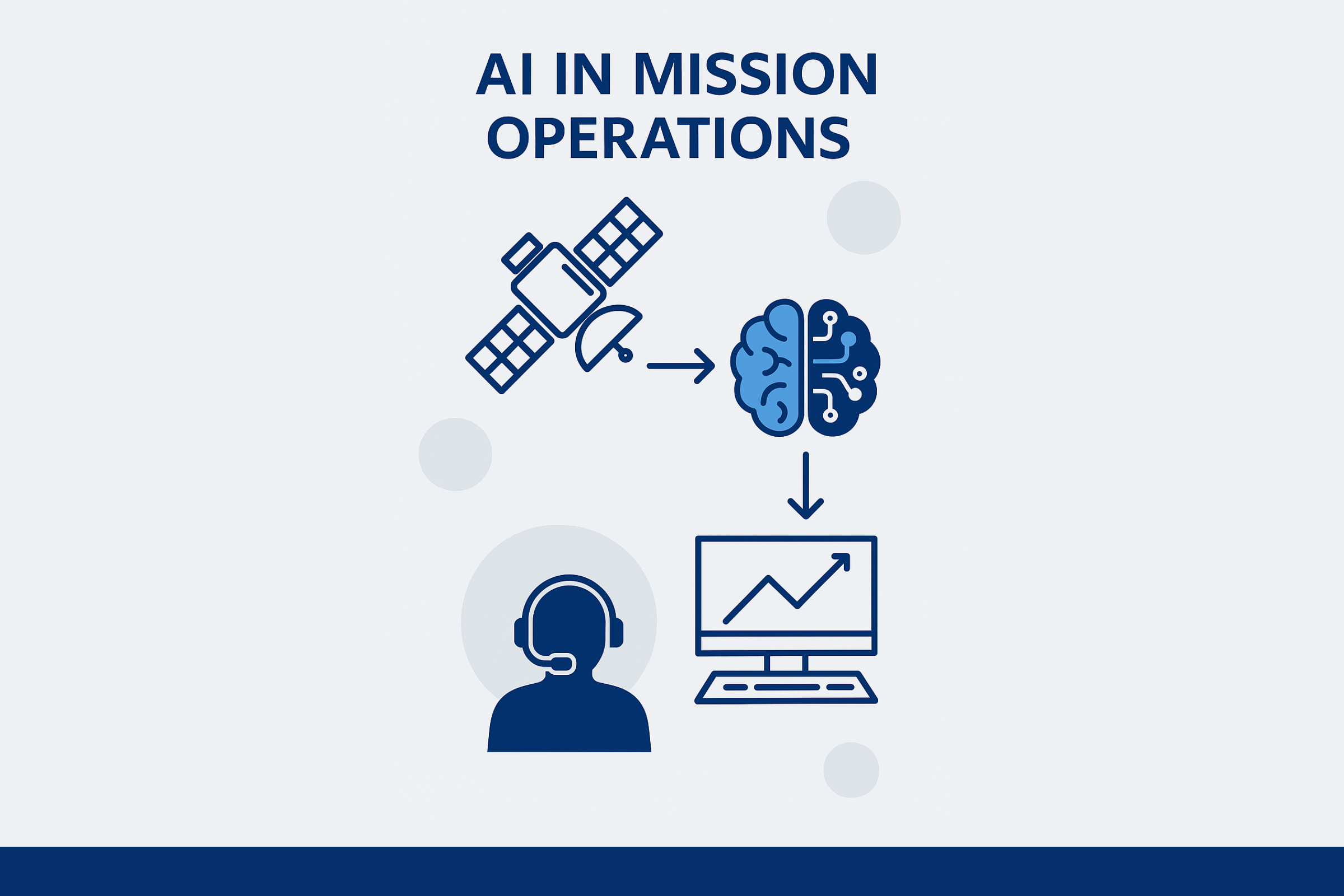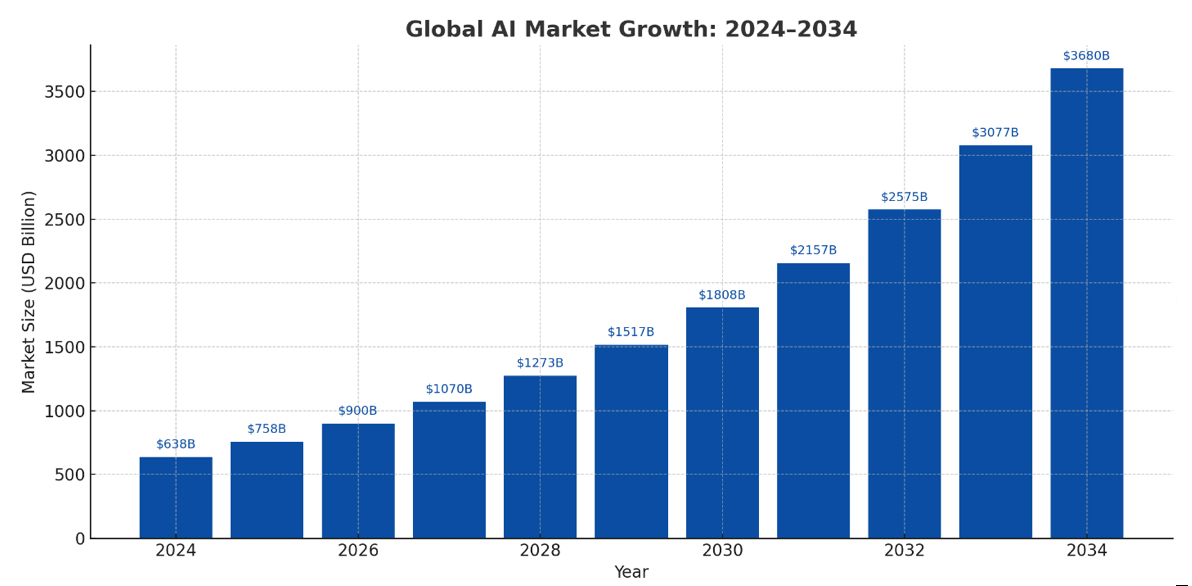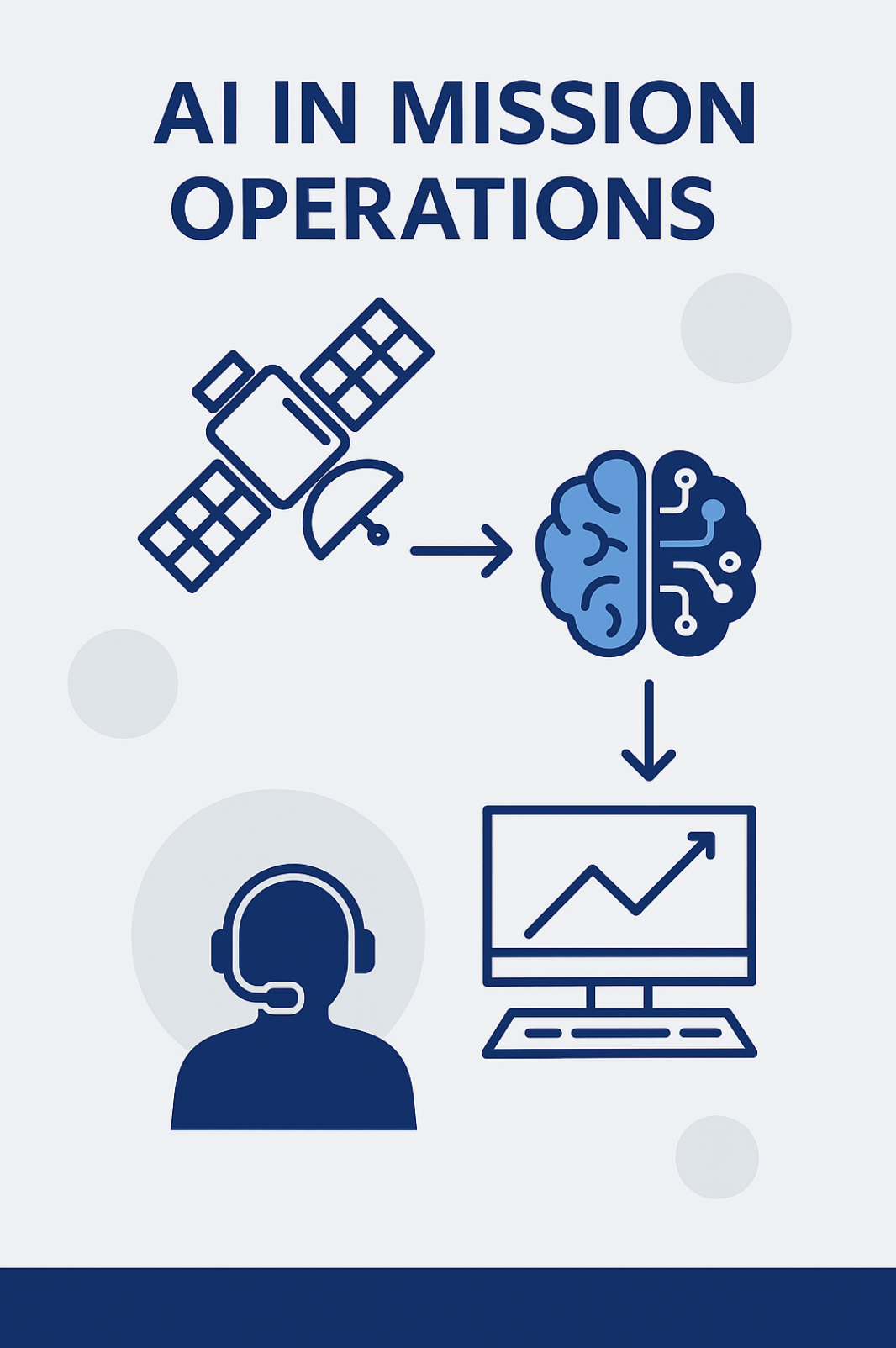
🛰️ AI Is Entering the Mission Control Stack

OpenAI recently signed a $200 million contract with the Department of Defense to prototype advanced AI tools for cyber defense, decision support, and enterprise operations. Although it’s framed as a defense initiative, the contract signals a broader shift toward scalable, AI-enabled infrastructure that can be applied across the U.S. government—including the space domain.
For those of us at Qwaltec, this marks a milestone in how quickly AI capabilities are moving into operations-heavy environments. We’re talking about tools that can triage data, detect anomalies in real time, and streamline command decisions—not just on the battlefield, but in mission control centers and ground system networks.

🌐 What It Means for Qwaltec
The overlap is clear:
We already deliver solutions in telemetry processing, secure ground architectures, operations training, and flight system support. As agencies adopt intelligent systems for mission-critical decision-making, Qwaltec is in a strong position to lead that integration for space missions.
Expect to see AI used for:
✔ Real-time anomaly detection in telemetry streams
✔ Dynamic pass planning and resource allocation
✔ Autonomous data triage and alerting
✔ Operator decision support inside mission dashboards
It’s not about replacing humans—it’s about amplifying them with trusted automation.

🚀 Shaping the Future, Not Watching It
This is a chance to do more than react to emerging tech—we can help define how it’s applied in the mission ops world. Our team’s experience in both operations and system design gives us a unique edge as agencies look for practical, mission-ready AI integrations.
Let’s start thinking:
Where could automation add real value in the systems we support today?
Which workflows are ready to evolve?

